Eight Parts: Reduce the number of open tasks Power management Display Sound The environment
Peripherals Cleaning Thebatteryitself
You can make your laptop run longer on its battery by turning off or reduce all the things that expend power in your computer. If you are going on a long trip, or just taking your laptop to a local coffee shop, use these tips to help your laptop battery power last longer.
Part 1 of 8: Reduce the number of open tasks
1
Learn to single-task. PC memory that is in-use takes more power to hold data. Also, using more memory might mean using more swap or virtual memory space on your laptop hard drive. All of this puts an additional drain on your laptop battery. Instead of leaving multiple applications and windows open, use only what you need at any given time. If your laptop has plenty of memory, then keep multiple applications open to avoid loading repeatedly from the hard drive. Close all the applications that run in the background on your computer like your PDA syncing software or USB hard drive backup software.
2
Run simple applications that don't use much RAM, disk drive, or processing power. Use a basic text editor rather than the processor and RAM heavy Microsoft Word. Heavy applications like games or movie watching are especially hard on the battery.
Part 2 of 8: Power management
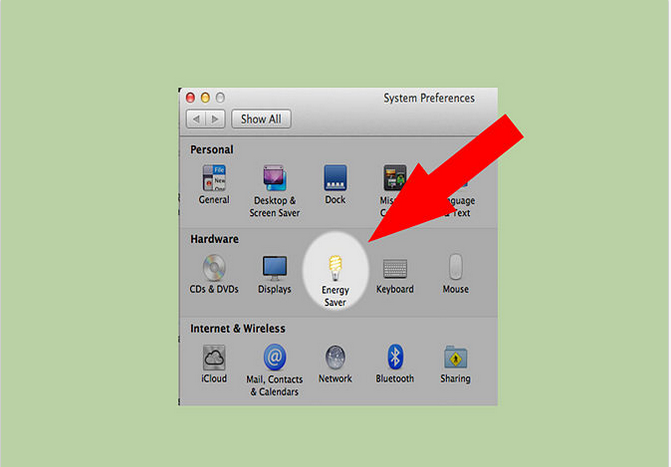 1Use the power management settings on your computer that come built in. On Windows XP, click "Power Options" in your control panel. On a Mac, look for "Energy Saver" in System Preferences.
1Use the power management settings on your computer that come built in. On Windows XP, click "Power Options" in your control panel. On a Mac, look for "Energy Saver" in System Preferences.
2
Switch off the wireless card if you do not plan to access your network or Internet connection. For Mac laptops, there is a button for powering on and off your wireless device is found on the toolbar at top.
3
Disable Bluetooth. If you don't use this feature, you can safely disable it to avoid draining your laptop battery.
4
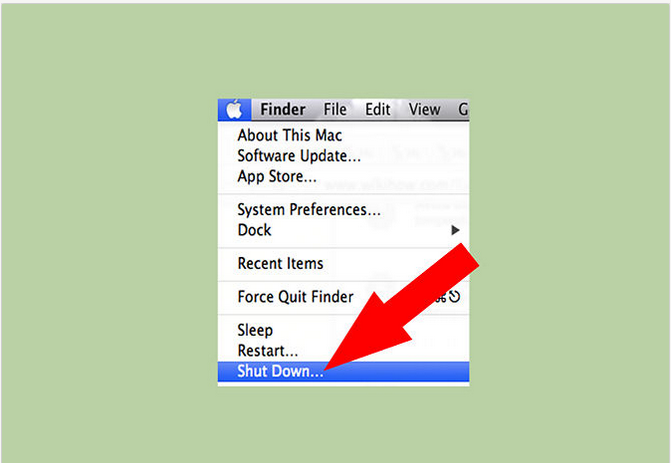 Shut down or hibernate the laptop rather than using standby, if you plan on not using it for a while. Standby continues to drain energy to keep your laptop ready to go when you open the cover.
Shut down or hibernate the laptop rather than using standby, if you plan on not using it for a while. Standby continues to drain energy to keep your laptop ready to go when you open the cover.
5
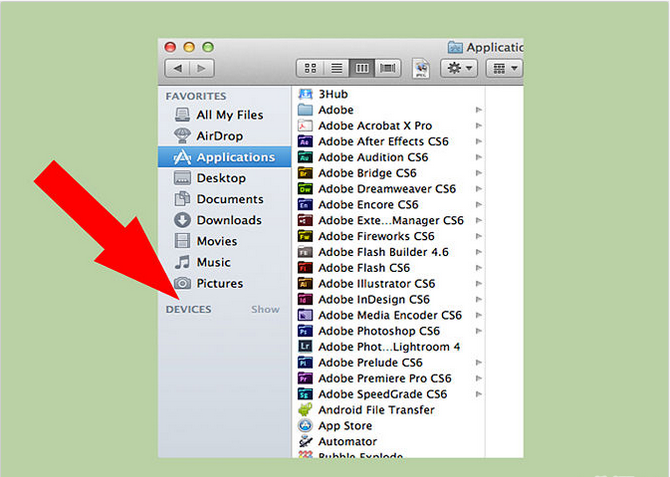 Turn off unused ports. Disabling unused ports and components, such as VGA, Ethernet, PCMCIA, USB, and yes, your wireless, too. You can do this through the Device Manager or by configuring a separate hardware profile (see next step).
Turn off unused ports. Disabling unused ports and components, such as VGA, Ethernet, PCMCIA, USB, and yes, your wireless, too. You can do this through the Device Manager or by configuring a separate hardware profile (see next step).
6
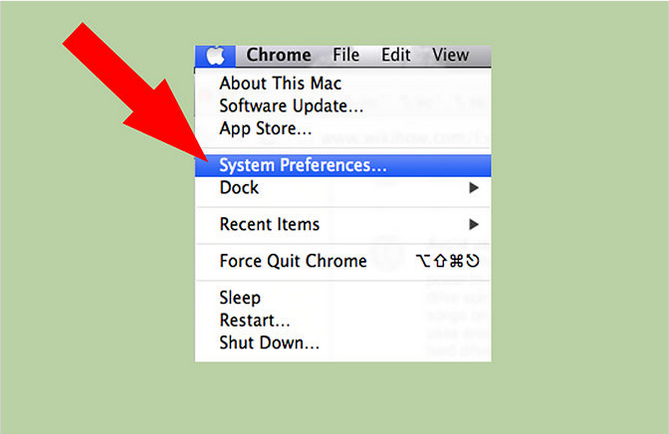 Create Power-Saving Hardware Profiles. Configure your laptop for the various scenarios in which you use it (on a plane, at the coffee shop, at the office, and so on). You can do this through the Hardware Profiles menu by right-clicking on My Computer and selecting Preferences or by using a freeware utility such as SparkleXP.
Create Power-Saving Hardware Profiles. Configure your laptop for the various scenarios in which you use it (on a plane, at the coffee shop, at the office, and so on). You can do this through the Hardware Profiles menu by right-clicking on My Computer and selecting Preferences or by using a freeware utility such as SparkleXP.
7
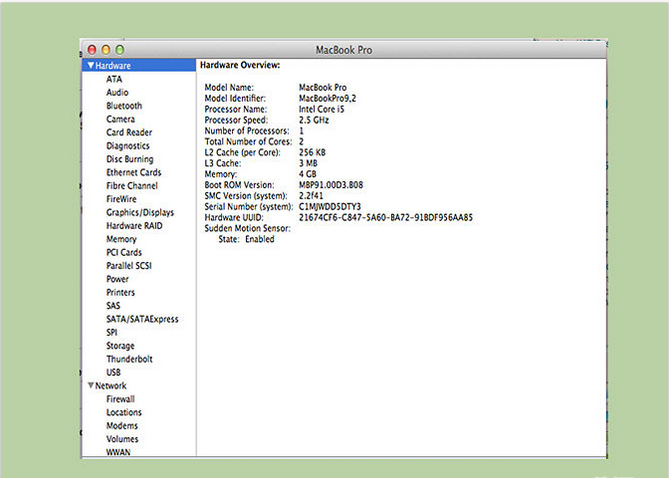 Defrag your hard drive. The more fragmented your hard drive is the more your hard disk needs to work.
Defrag your hard drive. The more fragmented your hard drive is the more your hard disk needs to work.
Part 3 of 8: Display
1
Reduce the LCD's brightness level. If you use your laptop in a well lit area or outdoors on a sunny day, try setting it at two or three bars.
2 Turn down the screen resolution. The method for doing this will depend on your laptop make.
Right click on the desktop in Windows 7. Select the Screen Resolution. Turn down the resolution.
3
If your laptop has an OLED based display, avoid displaying white images.OLED screens consume a lot less power displaying blank.
Part 4 of 8: Sound
1
Turn the volume level down, or mute it, if you do not plan to use it.
part 5 of 8: The environment
1
Avoid extreme temperatures. Batteries rely on basic chemistry and will die faster at extreme temperatures. Try to charge and use the battery at room temperatures.
2
Use a cooling pad when using a notebook computer on your lap. But if it's a USB pad then don't use it as it will most likely use up more battery rather than to conserve it.
3
Avoid propping your laptop on a pillow, blanket, or other soft surface that can heat up.
Part 6 of 8: Peripherals
1
Unplug external devices such as a USB mouse or an external drive.
2
Avoid using a CD or DVD. If you store a copy of data you need on an optical disc, copy it to your laptop hard drive or a thumb drive before traveling. Optical drives consume large amounts of power to spin up CDs and DVDs. Try to avoid applications that keep your hard drive or optical drive spinning. Need to play music? Try to use your handheld MP3 player, rather than playing songs on your computer. Playing songs on your computer will keep the hard drive working which uses energy. Turn off the auto save feature on MS Word or Excel. Constant saving will keep your hard drive turning and using energy.
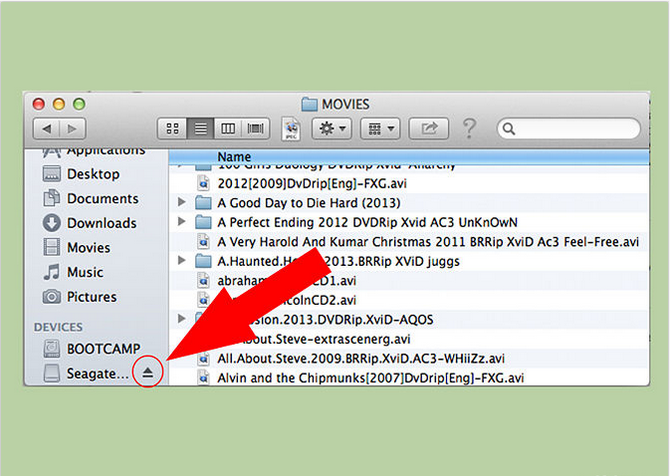
3
Eject external devices such as pen drives, DVDs, hard disks, etc., if not in use.
Part 7 of 8: Cleaning
1
Clean the battery contacts. Clean the battery's metal contacts with rubbing alcohol on a damp cloth. Clean contacts increase the energy efficiency.
Part 8 of 8: The battery itself
1
Keep the battery fresh. Batteries leak power if they aren't used fairly soon after charging. If you use your "full" battery 2 weeks after you last charged it, you may discover it is empty.
2
Tips
- Use the battery until you charge it. When it's fully charged unplug it and your battery will last longer, and, give better performance.
- Clean your desk. It sounds strange, but if you have a dusty, dirty desk, that dust will get into the vents and clog the cooling fan. Once the dust is inside your laptop, it is much harder to remove. You can try blasting it out with canned air, but you run the risk of damaging internal components. You can also remove the vent and clean out the grit, but remember that taking apart your laptop can void the warranty. So clean your desk at least once a week, if not daily.
- Be sure to charge up completely before you leave the house if there is no place to charge it where you are going.
- Mac laptops offer Expose to switch off the display temporarily. Use that whenever you are playing music and not using the display, or going out for a short duration.
- Take a break if your battery is running low.


No comments:
Post a Comment